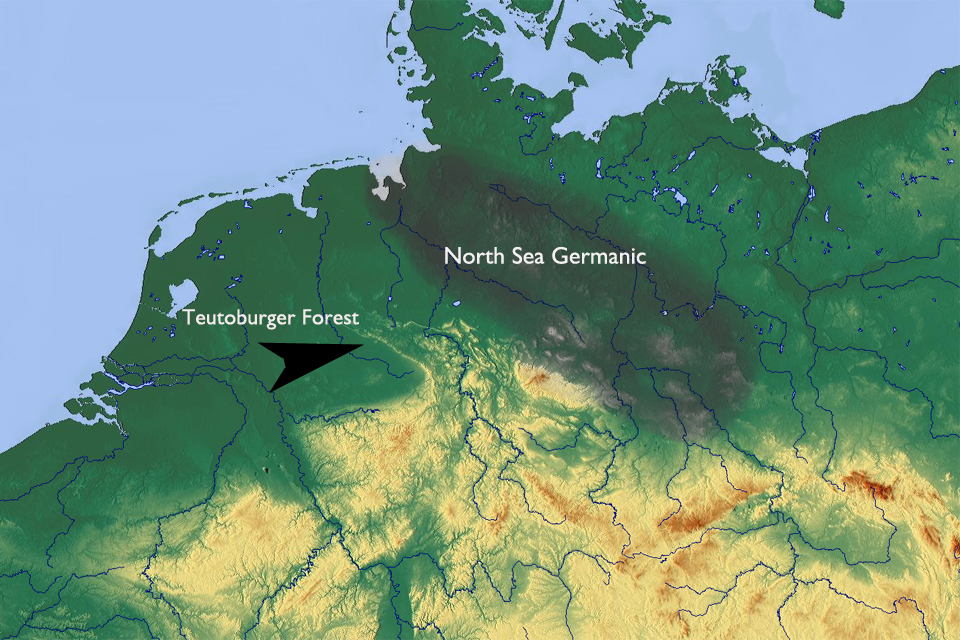From the 4th to the 7the century, the Germanic Languages underwent a series of rapid shifts, when the language split into a number of dialects. A new study maps the geographical routes along which these dialects spread.
In the 4thcentury – as witnessed by the Runic inscription on the golden horns from Gallehus – a linguistic unity ruled the Germanic languages in the North-West. After the migration period, however, this unity was split as witnessed by the emerging Old English and Old Frisian dialects on one hand and Continental Germanic (Old Low Franconian and Old High German) on the other. A likely explanation is the old linguistic unity was dissolved after people began to migrate.
In this process of the formation of the different Germanic dialects, Old Saxon has entertained an ambiguous position. Simply put, the new dialect shared various innovations with Old English and Old Frisian. On the other hand, it also featured traits common to Old High German. It seems, Old Saxon was a kind of bridge-builder between the shores of Frisia and the deep south-east of Eastphalia, including Merseburg and Magdeburg, the old Saxon heartland of the Ottonian and later Salian dynasties around the first millennium.
In ground-breaking new research, these shared features have been geographically mapped. This mapping shows that the distribution of the new linguistic features post-dating the migration period mirrors the traffic networks along the rivers Ems, Weser and Elbe. While the area south of the Ems turned “Franconian”, the river basins of the Weser and Elbe allowed contact between the coast and the inner parts of Saxony. It should be remembered that the area north of the Ems around Osnabrück was peaty and forested (the Teutoburger Forest). The authors conclude that although no more than approximately 40 km divided the two communicative corridors, people tended to move along the water-ways and eschew traversing the deep forests of the Teutoburger ridge and the peaty landscapes stretching from there to the north.
SOURCE:
Geography and Dialects of Old Saxon: River basin communication networks and the distributional patterns of Ingwaeonic features in Old Saxon
By Arjen Verslout and Elżbieta Adamczyk
In: Frisians and their North Sea Neighbours: from the fifth century to the viking age.
Ed. by John Hines and Nelleke IJssennagger
Woodbridge: The Boydell Press 2017, pp. 125-148.
